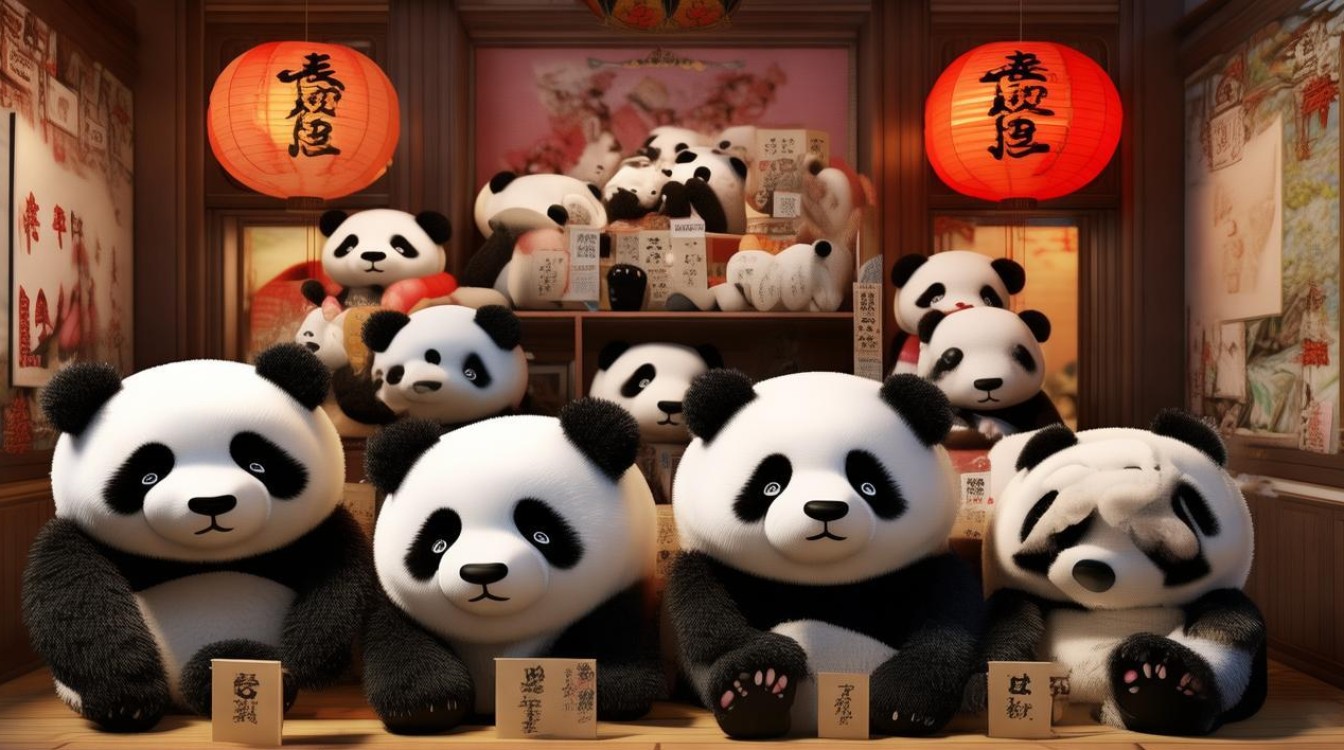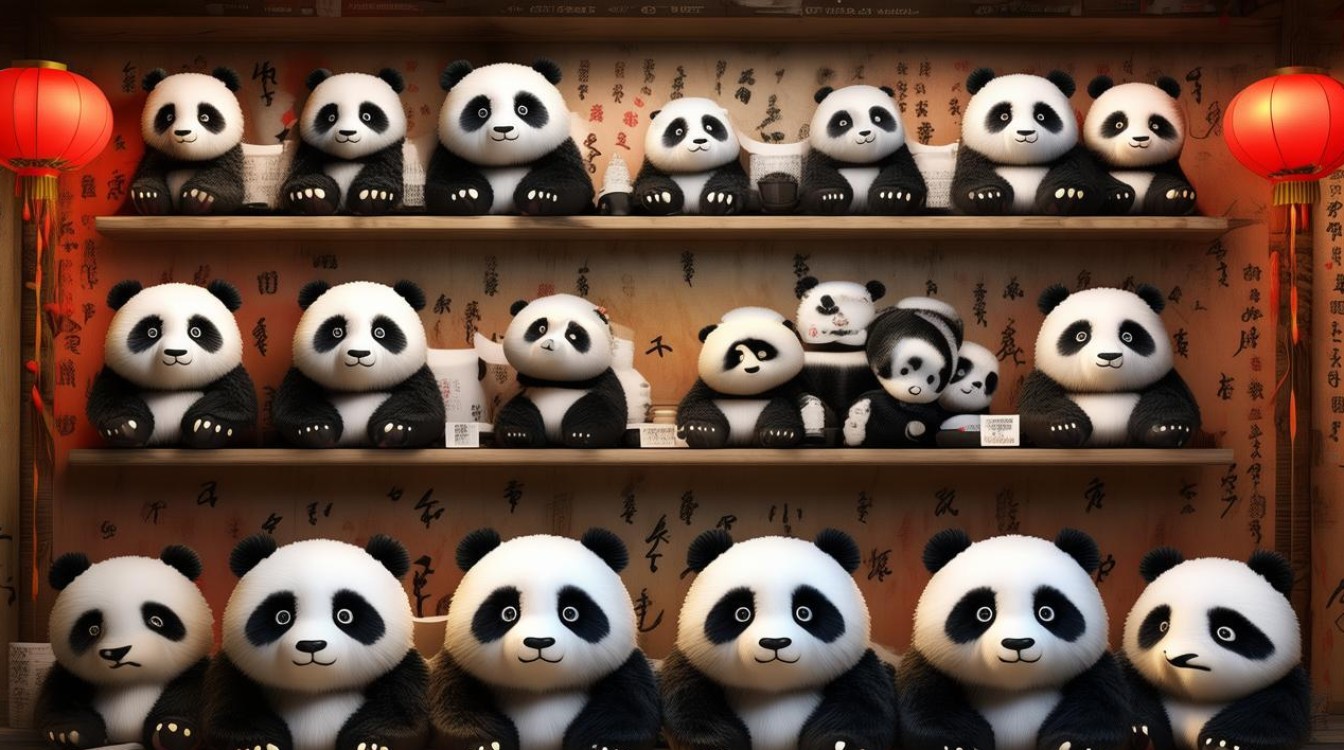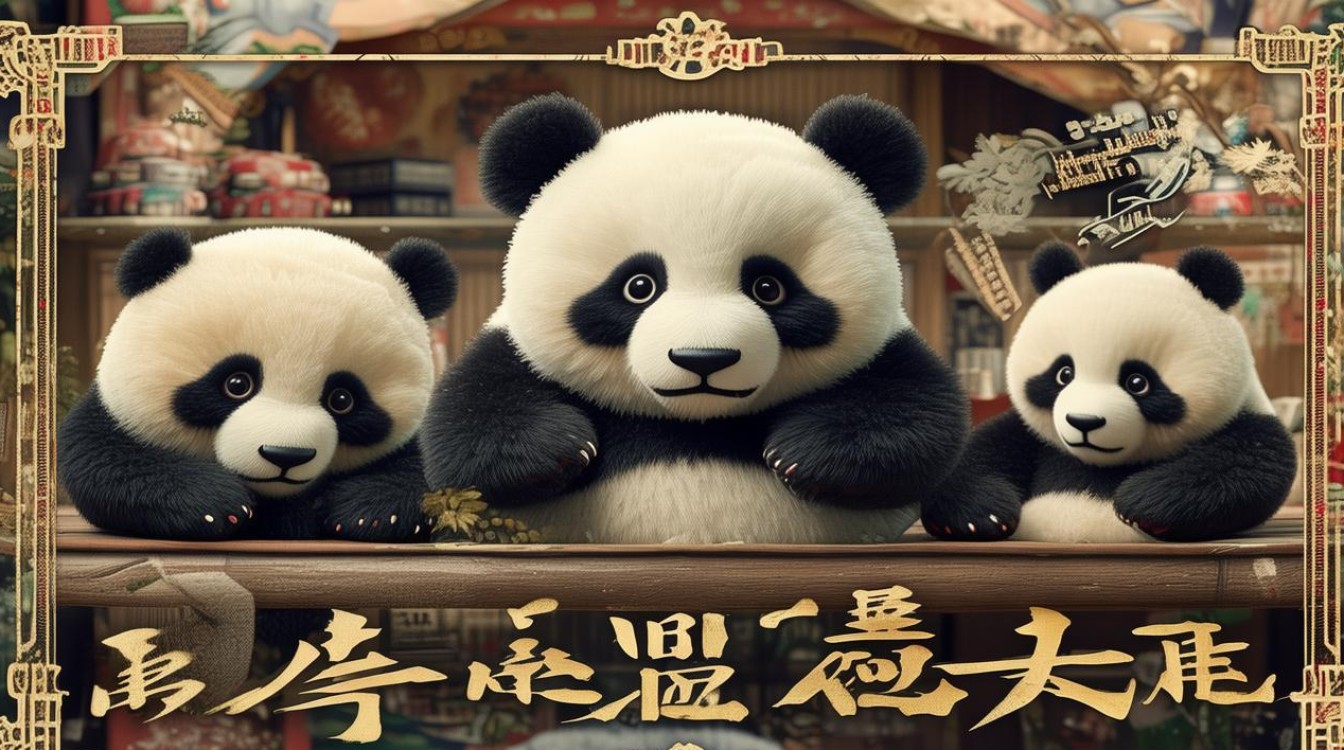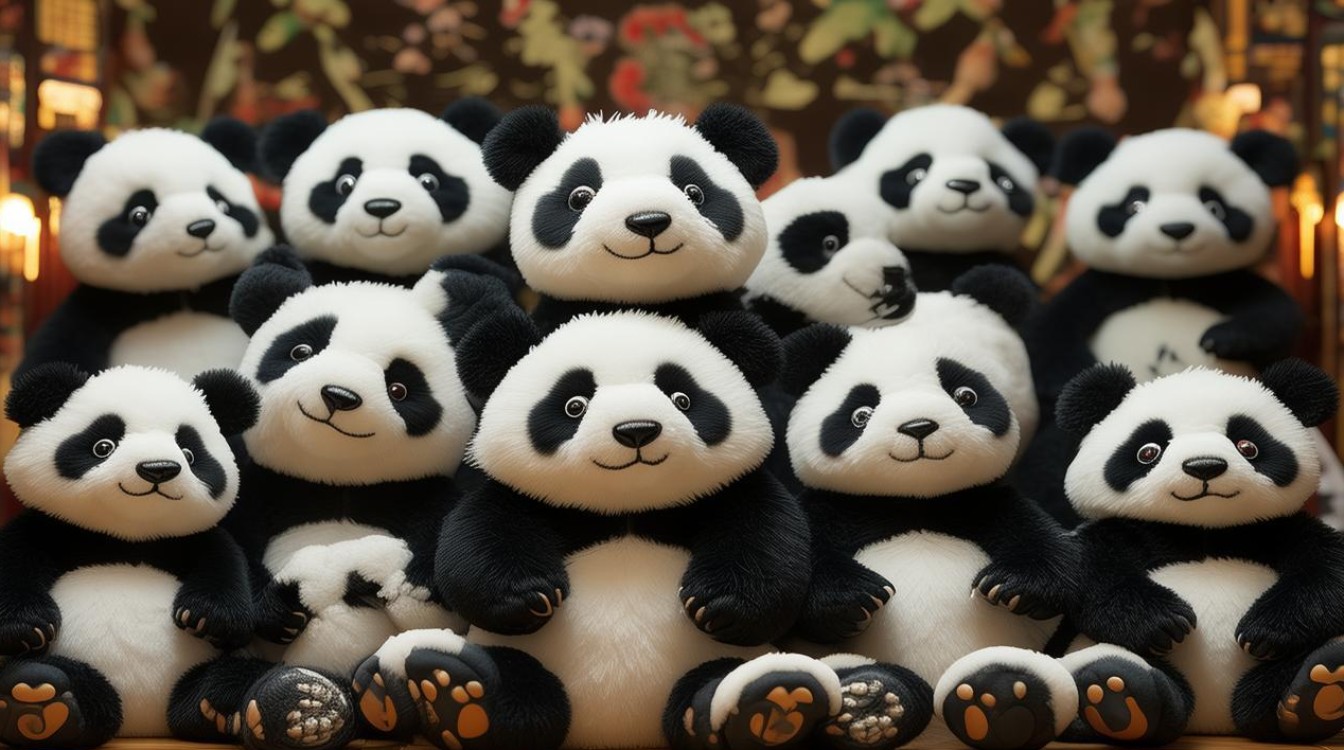Panda plush toys have captured hearts across generations, blending cultural significance with universal appeal. These soft, cuddly companions are more than just toys—they symbolize friendship, conservation, and childhood nostalgia. Let’s explore why panda plushies remain timeless treasures.

Cultural Roots of Panda Plush Toys
The giant panda, native to China, is a global icon of wildlife conservation. Its black-and-white fur and gentle demeanor make it a natural muse for plush designs. In Chinese culture, pandas represent peace and harmony, often gifted as diplomatic tokens. This cultural weight translates into plush toys, which carry a whisper of tradition even in modern playrooms.
Japanese kawaii culture further popularized panda plushies, emphasizing oversized eyes and rounded shapes. Brands like Sanrio and Rilakkuma infused pandas with whimsy, turning them into collectibles. Meanwhile, Western brands focus on realism, crafting plushies with detailed stitching to mimic wild pandas. These variations show how one animal inspires diverse artistic interpretations.
Why Panda Plushies Resonate Emotionally
The appeal of panda plush toys lies in their emotional versatility. For children, they’re loyal bedtime friends; for adults, they’re nostalgic keepsakes. Psychologists note that soft toys provide comfort by triggering positive memories. A panda’s neutral expression—neither overly happy nor sad—makes it a perfect “emotional blank canvas,” allowing owners to project their feelings onto it.

During stressful times, hugging a panda plush can release oxytocin, the “bonding hormone.” This explains why students cramming for exams or travelers facing long flights often pack a mini panda. Hospitals even use them to comfort young patients, proving their therapeutic role.
The Craftsmanship Behind Panda Plush Toys
Quality varies widely, from mass-produced pieces to hand-stitched heirlooms. Premium plushies use hypoallergenic cotton or bamboo fiber, catering to eco-conscious buyers. Artisans in Chengdu, China, often craft limited-edition pandas with silk accents, merging traditional techniques with modern safety standards.
Ethical production matters too. Brands like WWF collaborate with fair-trade factories, ensuring plush toys support conservation efforts. Look for certifications like OEKO-TEX® to avoid harmful dyes. A well-made panda plush can last decades, becoming a family heirloom.

Panda Plushies in Pop Culture and Gifting
From animated films like Kung Fu Panda to viral social media trends, pandas dominate pop culture. Animated characters like Po or Hello Kitty’s panda friend fuel demand for themed merchandise. Collectors hunt for rare editions, such as seasonal pandas wearing holiday costumes.
Gifting a panda plush carries symbolism. In East Asia, it’s a gesture of goodwill; in Western contexts, it’s a quirky yet thoughtful present. Couples often exchange “his-and-hers” pandas, while new parents receive them as baby shower gifts. The toy’s gender-neutral design broadens its gifting appeal.
Choosing the Perfect Panda Plush: A Quick Guide
- Material: Opt for organic fabrics if sustainability is a priority.
- Size: Mini keychain pandas suit travelers, while giant plushies make statement decor.
- Design: Decide between realistic or cartoonish styles based on the recipient’s taste.
- Ethics: Support brands donating to panda conservation.
Panda plush toys bridge cultures, emotions, and craftsmanship. Whether as a child’s first friend or a mindful decor piece, they remind us of nature’s fragility and the joy of simplicity. Next time you see a panda plush, consider the stories it could tell—and the comfort it’s ready to offer.


